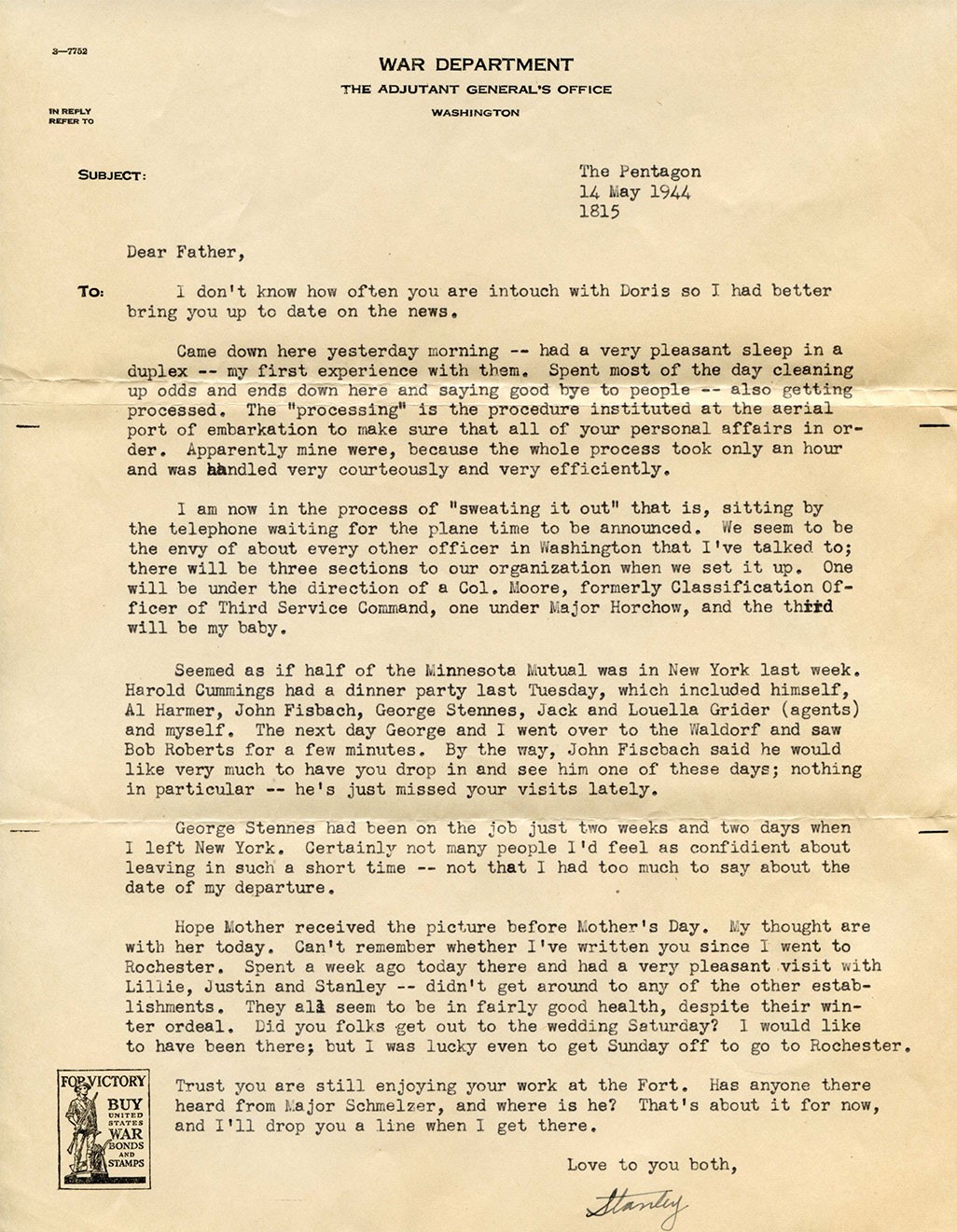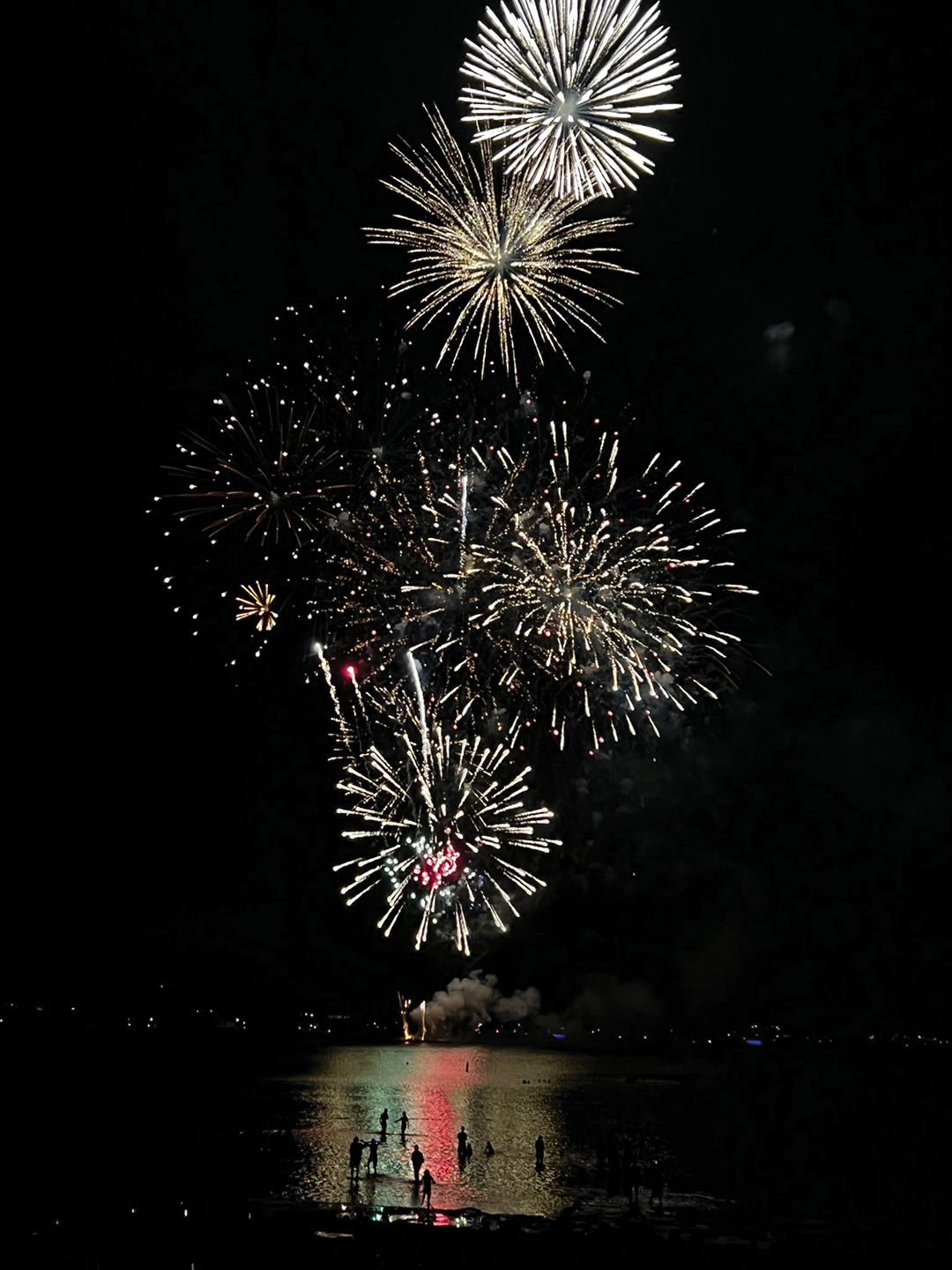
Photos: Washington County Historical Society; White Bear Lake Area Historical Society
Take care when cleaning out your loved one’s home—some artifacts may be vital to your community’s heritage.
Our lives are stories ever unfolding. Each year brings memories and memorabilia—high school yearbooks and graduation caps, love letters and family photographs. Inevitably, many of us will have the experience of sorting through our own belongings or clearing the homes of our loved ones. So there comes the question: What items are worth saving?
We connected with Washington County Historical Society (WCHS) executive director Brent Peterson and White Bear Lake Area Historical Society (WBLAHS) executive director Sara Markoe Hanson to learn more about what donations the organizations may accept and include in their collections.
“If we don’t have community interest or support, we don’t exist,” Markoe Hanson says. “… We are honored to be a depository for many items and have them live on and continue to tell the stories of our community.”

Opera house
opening night program.
Keep an Eye Out
As you return to beloved family photographs, consider the context of the image. Often, what’s happening behind your loved ones is the most important to archive—like a shop in transition or a town parade. And this need not apply only to black-and-white images. Recent photos are also appreciated. “We’re not always looking for things from 100 years ago. We’re looking for things that have made history today,” Peterson says. Both historical societies accept scans of photographs, too, so your family may continue to pass down the original for decades to come.
Letters and documents, including club minutes, contracts, deeds, diaries, family records, letters and maps, offer context and legitimacy to a moment in time. While they’re some of the most time-consuming items to sift through, they often hold the most historical value. “We tend to keep an eye out for collections of letters,” Markoe Hanson says. “One of the most fascinating things we’ve received over the years is a collection of letters from a home that was going to be torn down … from the World War II-era. It’s a sampling of letters that this woman received from different friends serving in the war.”
Occasionally, both historical societies accept textiles and miscellaneous artifacts. These could range from a military uniform or coffee grinder to a 1920s fire truck (which now calls WBLAHS home) or a Minnesota House of Representatives chair (recently obtained by WCHS).
“All of our collections-making decisions really come down to, ‘Can we do justice to this piece? Can we care for it properly? Can we utilize it to further our mission?’” Markoe Hanson says.

McKusik letter address, 1847.
Donate
Interested in donating to a local historical society’s collections? The best way to inquire about an artifact is to send an email with a photo and description of the item with the local connection. Staff and committees at organizations will decide whether to accept the artifact.
“It has to tie to our purpose,” Markoe Hanson says. “We don’t just take things because they’re old. When we accept something into the collection, we’re bound to care for that in perpetuity.”
For WBLAHS, this means that all items must have a clear connection to one of the the five municipalities that touch the lake. At WCHS, donations must relate to Washington County.
“I always say that families should take what they want first because family artifacts belong in the family. But if they don’t want them—and they want to know where they are—then the historical society is the next best step,” Peterson says.
To view items from the organizations’ collections, appointments are required and can be made by email or phone.

Letter, 1944
Lost Treasure
Could these sought-after artifacts be in your attic?
WBLAHS is on the hunt for the first minute book for White Bear Township. “There were sightings of it over the decades, but it has not surfaced in the last 20 years,” Markoe Hanson says.
The community also hopes to discover an early 1900s photograph of the White Bear Town Hall. “There is a reward still active out there for a picture of the White Bear Town Hall pre-1923 when it was damaged by fire,” Markoe Hanson says. “That would be exciting to be able to find.”
Saving Your Stuff
Learn about how to preserve and protect your valuables from Megan Narvey, outreach conservator at the Minnesota Historical Society. This event is hosted by WBLAHS and will include a presentation and Q&A period.
April 22, 6-7 p.m.
Ramsey County Library – White Bear Lake
2150 Second St.
Washington County Historical Society
1862 Greeley St. S., Stillwater; 651.439.2298
Facebook: Washington County Historical Society
Instagram: @wchsmn
White Bear Lake Area Historical Society
2228 Fourth St., White Bear Lake; 651.407.5327
Facebook: White Bear Lake Area Historical Society
Instagram: @whitebearhistory






















